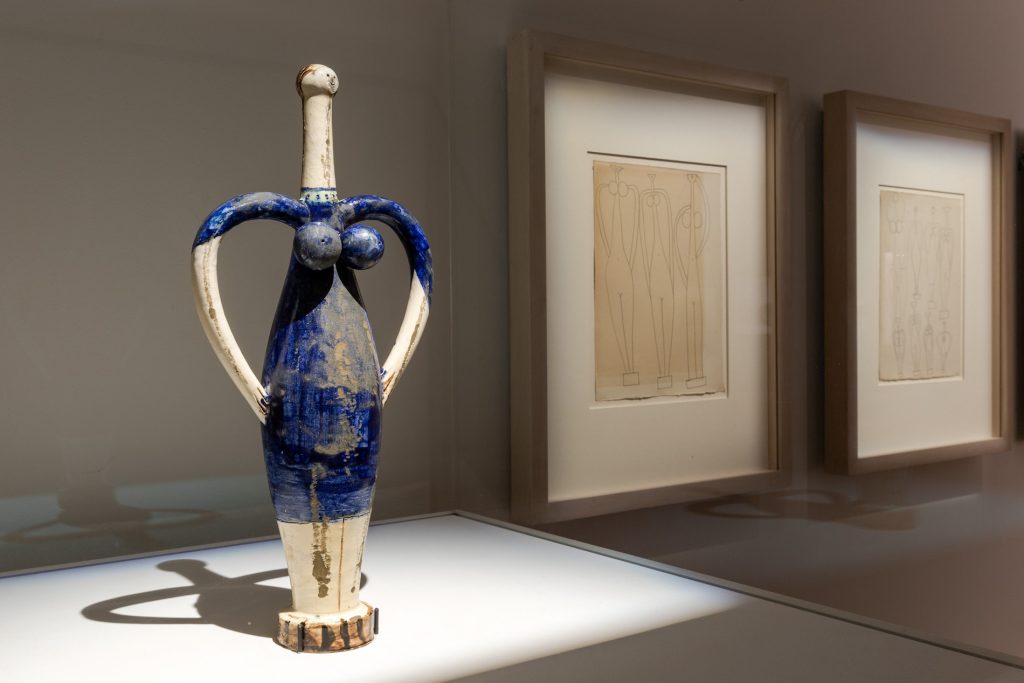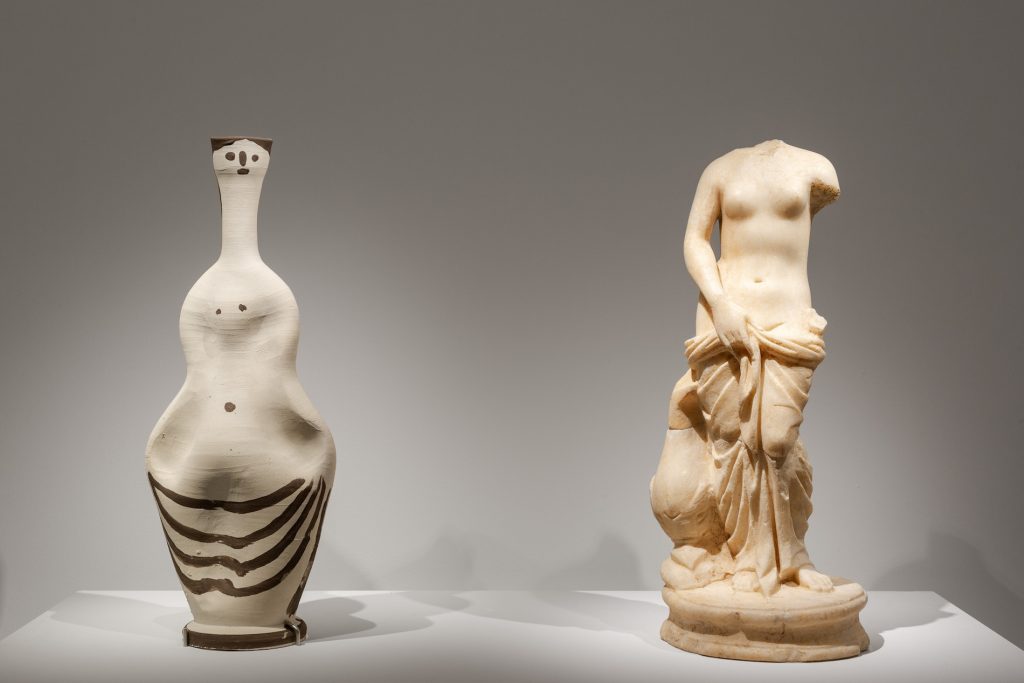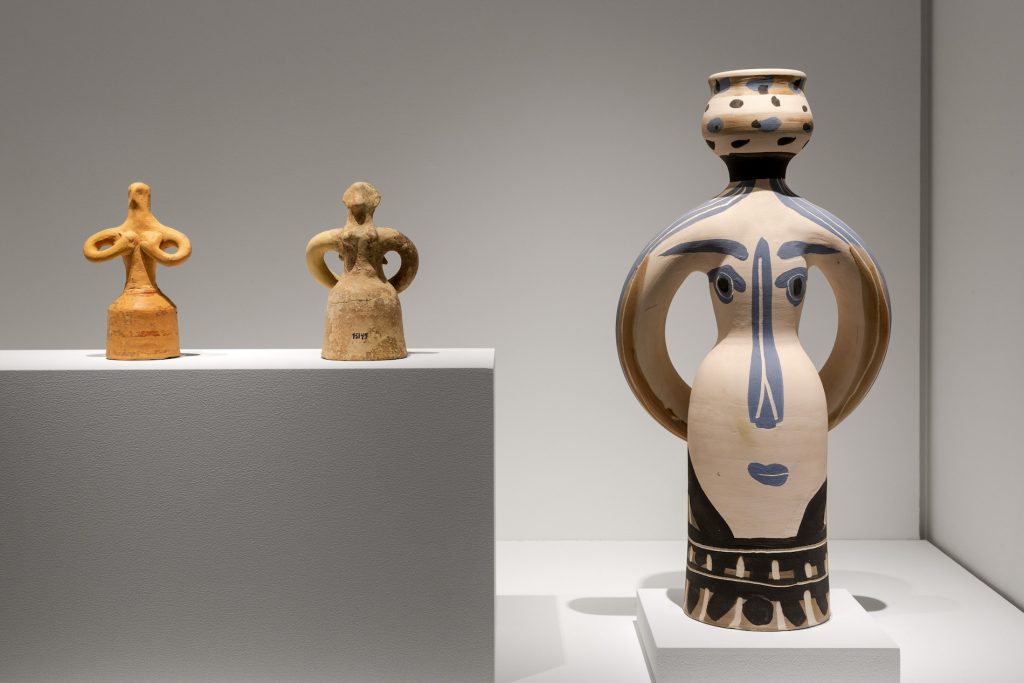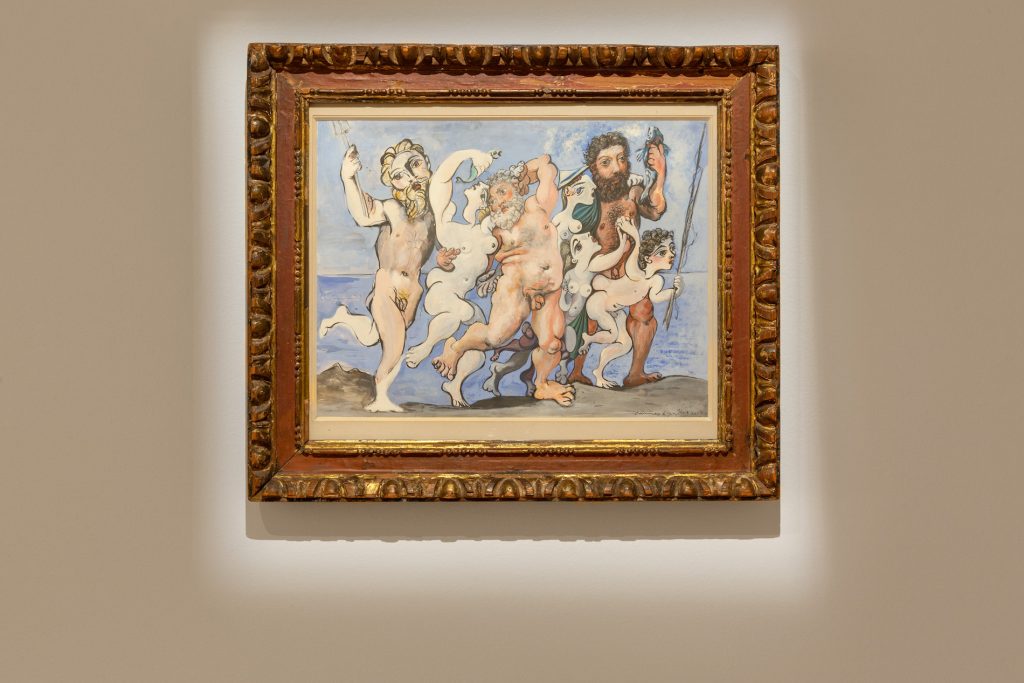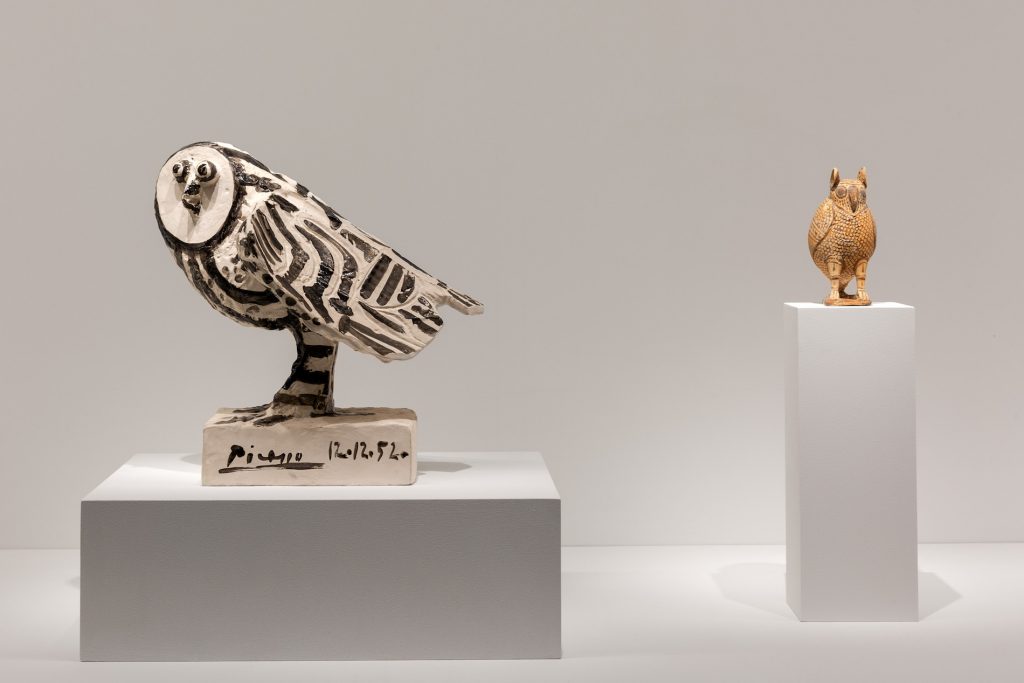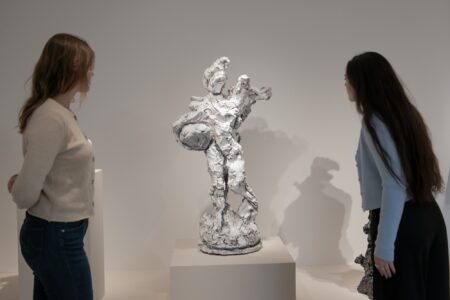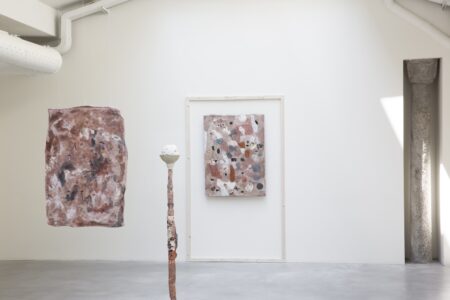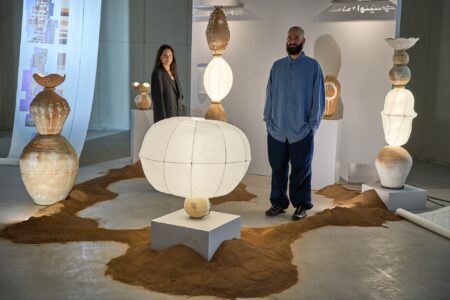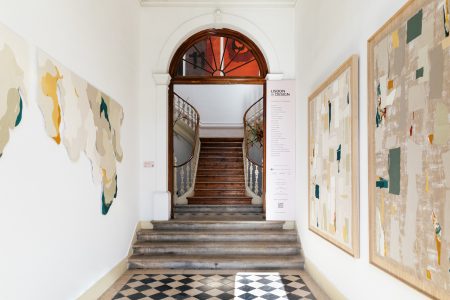Picasso and Antiquity: Line and Clay
The Museum of Cycladic Art presents the exhibition Picasso and Antiquity. Line and Clay. Which explores the famous artist’s ceramics and drawings.
The Museum of Cycladic Art presents the exhibition Picasso and Antiquity. Line and Clay. The show explores ceramics and drawings by Picasso in relation to ancient artifacts, as part of its Divine Dialogues exhibition series. Curated by Director of the museum. Professor Nikolaos C. Stampolidis, and art historian Olivier Berggruen.
Picasso’s compositions -ceramics and drawings- present in the show derrive from international foundations, museums, and collections such as Fundación Almine y Bernard Ruiz-Picasso para el Arte (FABA) and Musée National Picasso – Paris. The antiquities, on the other hand, come from 15 Greek museums and collections among which the Archaeological Museum of the Ancient Agora and Agios Nikolaos. It includes sculptures, ceramics and bronze artifacts dating from Prehistory to the Late Roman Period.
Unlike his unique paintings, the artist’s drawings and ceramics are little known to the wider public. These are connected to antiquity, inspired by Creto-Mycenaean, Greek, and ancient Mediterranean civilizations in general. This exhibition reveals a world the artist carried within himself, as it showcases antiquities he might have seen in the Mediterranean but also in European museums.
Throughout his iconic career, Picasso consulted a wide variety of sources. The classical tradition provided the artist with a vocabulary of endless possibilities. Prominent among these sources was ancient Greece, for it created enduring mythology as well as a seduced by many themes derived from Greek mythology, drawn by their amplification of the mundane or their persistent aspiration to highlight humanity’s conflicting impulses. For example the Minotaur, a telling symbol of irrational forces of war.
Another warm-hearted vision of Greece emerged as well leading to an idealized vision, a timeless Arcadia, which Picasso developed in sculptures and ceramics after the war. Yet, these works, unlike some earlier ones, are devoid of weighty associations with Greek myth. Rather, Picasso invented a fictitious or imagined antiquity. From the late 1940s and 1950s in the small village of Vallauris, he developed an extraordinary body of ceramics, objects that give us an idea of a certain mythical past, imbued with timeless and relevant imagery in the form of fauns, birds, and musicians, etc.
An element that connects both ceramics, old and new and Picasso’s illustrations derived from the antique (the Three Graces or Aristophanes’s Lysistrata) has to do with form and design, and not just iconography. Particularly important is the line, whether in drawings or the lines traced on ceramics and reminiscent of the Attic Red Figure vases, for example. The exhibition demonstrates the force of Picasso’s imaginary, antiquity and the lasting spell that objects from the past cast on us.
Line and Clay is on show at The Museum of Cycladic Art from 20 June to 20 October 2019.
Cover image: Pablo Picasso, The Owl. Vallauris, 12 December 1952. Madrid, Fundacion Almine y Bernard Ruiz-Picasso para el Arte. On temporary loan to the Museo Picasso Malaga. © Succession Picasso 2019
